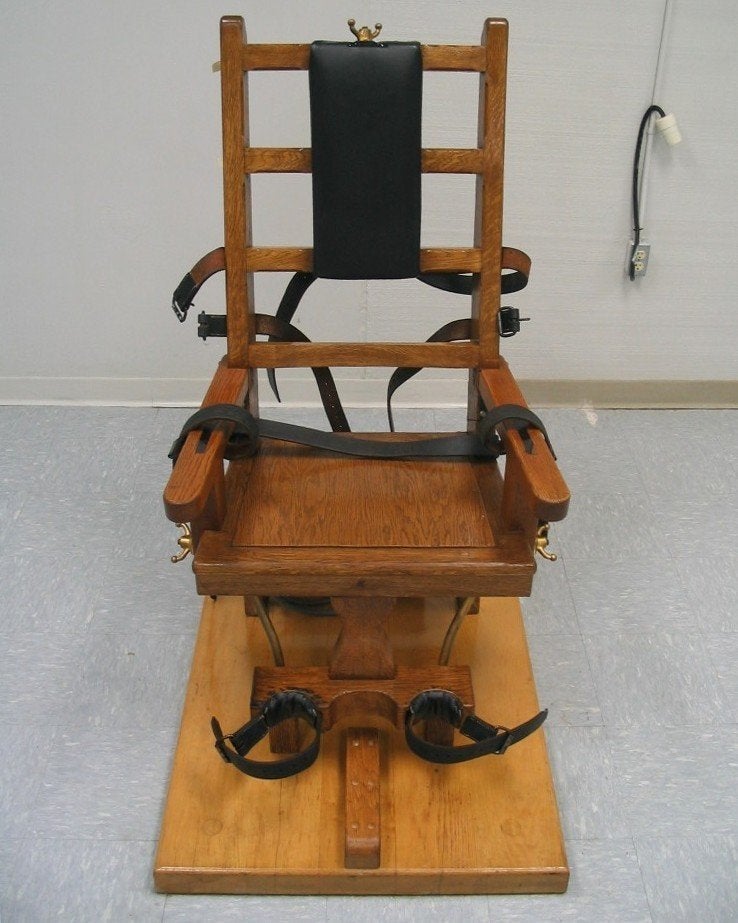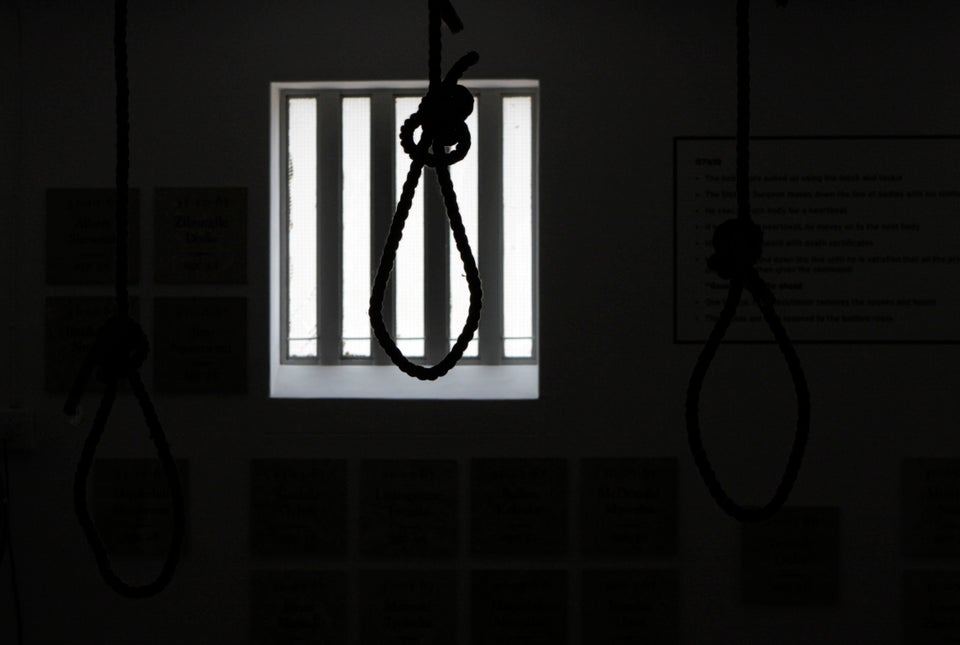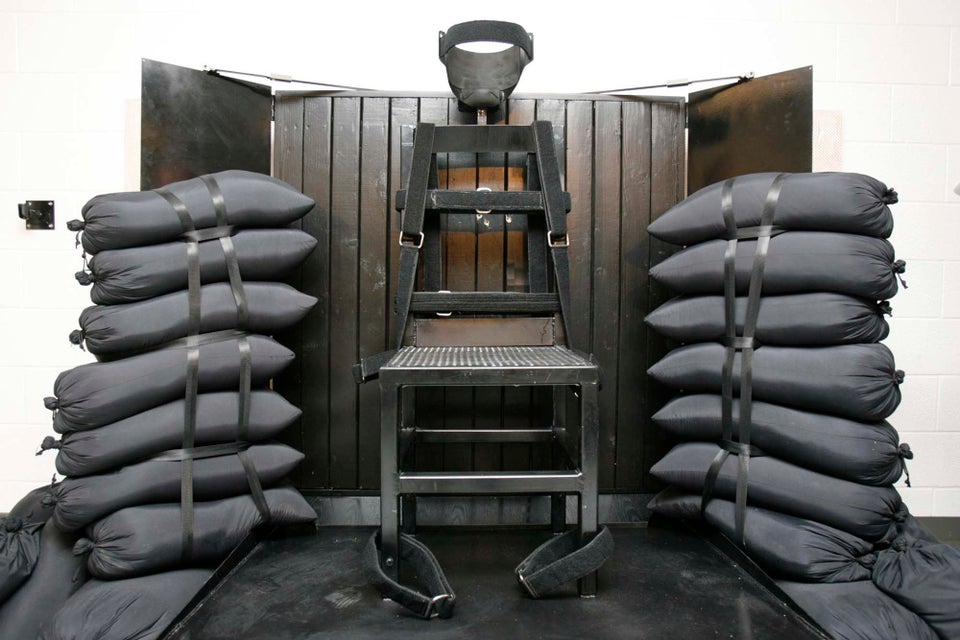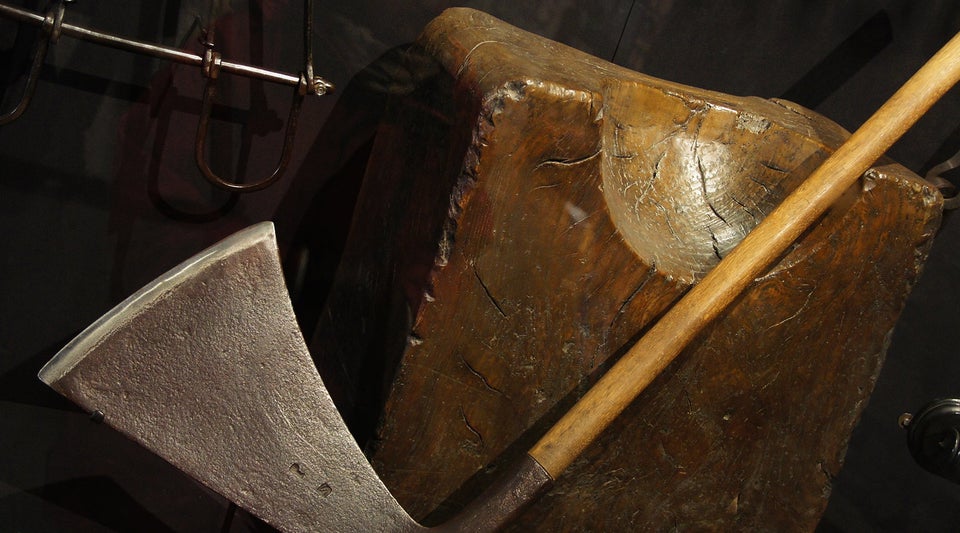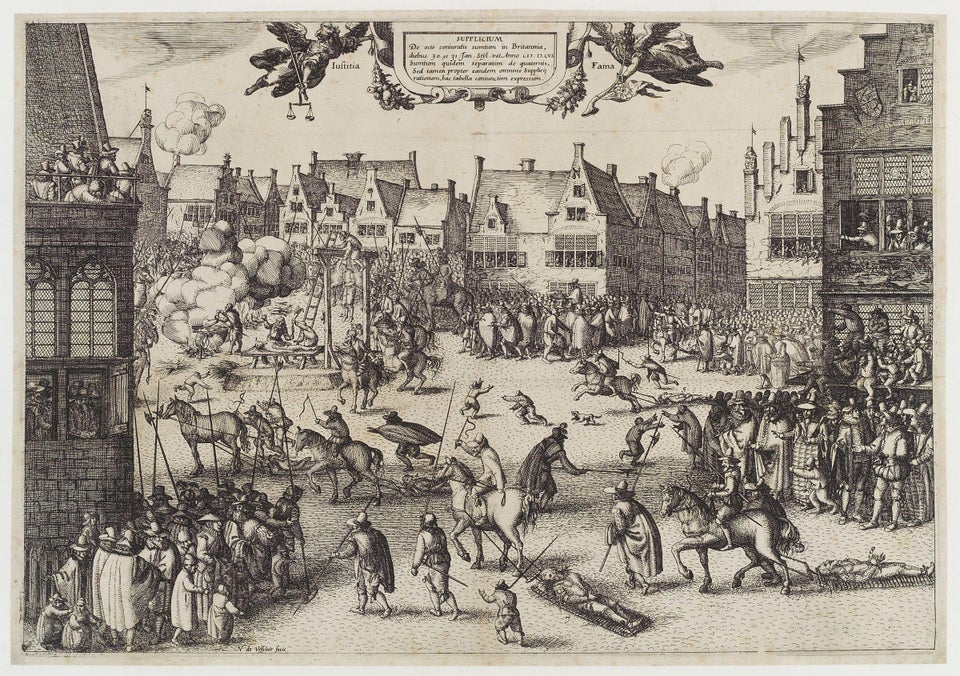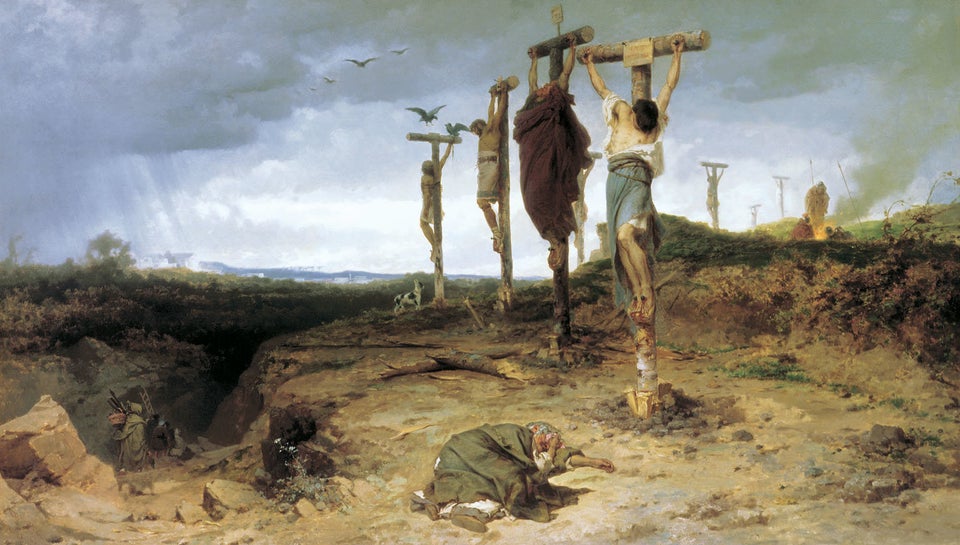Support for the death penalty in the U.S. has reached 56 percent, the lowest point in four decades, according to a Pew study released on Thursday.
That number represents a six-point drop from 2011, when the group found that 62 percent of Americans favored the death penalty, and is lower still than the figure from Pew's 1996 survey, which showed 78 percent in support.
The latest results suggest that growing opposition by Democrats is responsible for the overall shift in opinion. Currently, 56 percent of Democrats oppose the death penalty while 40 percent support it. This represents a steep decline in support from the 70 percent of Democrats who favored the death penalty in Pew's survey nearly twenty years ago.
The issue has also become more partisan. When Pew asked the same question in 1996, only 16 percentage points separated Democrats from Republicans on the matter. Since then, while there has been an overall downward trend in approval numbers, the gap between Democrats and Republicans has gradually widened to 37 points, with support among Democrats declining more sharply than among Republicans. Independent support has also declined, although it hasn't moved significantly toward either the Democratic or Republican views.
The survey also provides a more in-depth look at Americans' perceptions of the death penalty. A majority of respondents -- both supporters and opponents -- agree that it is not an effective method of deterring people from committing serious crimes. In addition, a majority concurs that there is a risk of executing an innocent person and that minorities are more likely than white people to receive the death penalty for committing the same crimes. At the same time, a majority of those surveyed agreed that when a crime as serious as murder is committed, the death penalty can be morally justified.
Men are more likely than women to support the death penalty, the survey found, and white people are more likely to do so than minorities.
According to the Death Penalty Information Center, a nonprofit organization that publicizes information on the death penalty across all 50 states, 32 states allow the death penalty, while 18 states and the District of Columbia do not. In 2014, there were 34 executions in the United States, with Missouri, Texas and Florida conducting the most executions that year.
Pew surveyed 1,500 adults between March 25 and 29 via live interviews on landlines and cell phones.
Before You Go


